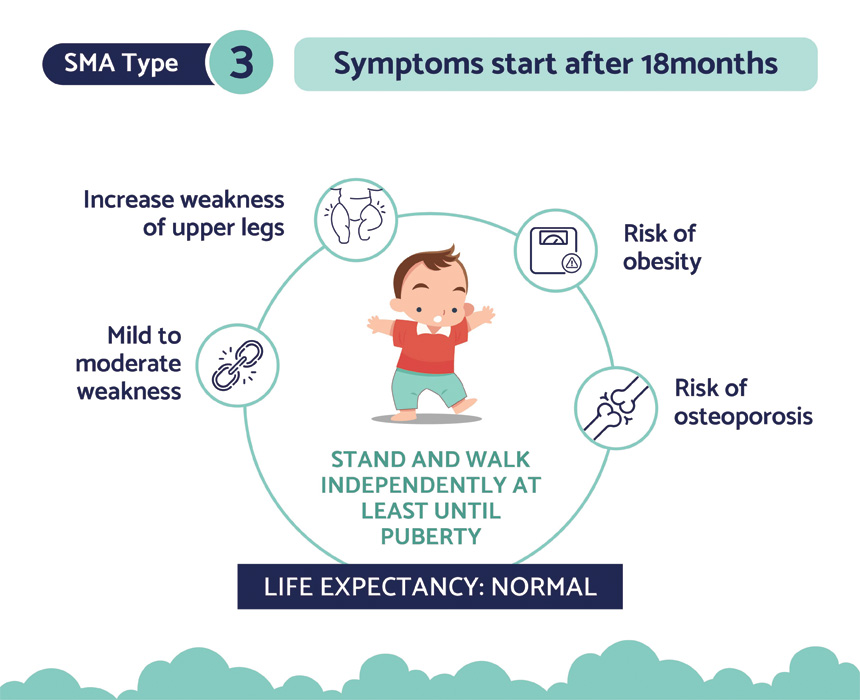Juvenile Delinquency: Understanding The Causes, Effects, And Solutions
Juvenile delinquency is a growing concern in modern society, impacting not only the lives of young individuals but also the communities they live in. This issue has far-reaching consequences that affect families, schools, and society as a whole. By understanding the root causes and potential solutions, we can work toward a safer and more nurturing environment for our youth.
Juvenile delinquency refers to the antisocial or criminal activities carried out by minors, typically individuals under the age of 18. It encompasses a wide range of behaviors, from minor offenses like truancy to more serious crimes such as theft or violence. Understanding this phenomenon is crucial for addressing its underlying causes and implementing effective interventions.
In this article, we will delve into the causes, effects, and potential solutions to juvenile delinquency. By exploring various perspectives and evidence-based strategies, we aim to provide a comprehensive guide for parents, educators, policymakers, and community members who wish to make a positive impact on the lives of young people.
Table of Contents
- Definition and Overview of Juvenile Delinquency
- Causes of Juvenile Delinquency
- Statistics and Trends
- Effects on Individuals and Society
- Biological Factors Contributing to Juvenile Delinquency
- Psychological Factors Influencing Juvenile Behavior
- Sociological Factors and Environmental Influences
- Prevention Strategies for Juvenile Delinquency
- Intervention Programs and Support Systems
- Future Directions and Research Opportunities
Definition and Overview of Juvenile Delinquency
Juvenile delinquency is defined as the engagement in illegal or antisocial behavior by individuals who are below the legal age of adulthood, typically 18 years old. This behavior can range from minor infractions, such as skipping school or vandalism, to severe acts like drug use, assault, or even homicide. The juvenile justice system addresses these behaviors through specialized programs designed to rehabilitate rather than punish young offenders.
Understanding juvenile delinquency requires examining the broader context of a child's life, including their family dynamics, peer relationships, and community environment. Research shows that early intervention and support can significantly reduce the likelihood of repeated offenses and help juveniles transition into productive members of society.
Causes of Juvenile Delinquency
Family Dynamics
Family plays a critical role in shaping a child's behavior and values. Dysfunctional family environments, characterized by neglect, abuse, or lack of supervision, often contribute to juvenile delinquency. Children raised in such settings may lack proper guidance and role models, increasing their susceptibility to negative influences.
Social Environment
The social environment, including peer pressure and community conditions, also plays a significant role in juvenile delinquency. Adolescents are highly influenced by their peers, and associating with delinquent peers can lead to involvement in illegal activities. Additionally, living in neighborhoods with high crime rates or limited access to resources can exacerbate the problem.
Statistics and Trends
According to the Office of Juvenile Justice and Delinquency Prevention (OJJDP), the rate of juvenile arrests has been declining over the past decade. However, certain types of offenses, such as property crimes and drug violations, remain prevalent among minors. Statistics also reveal that males are more likely to engage in delinquent behavior than females, although the gap is narrowing.
Furthermore, socioeconomic disparities significantly impact juvenile delinquency rates. Children from low-income families are disproportionately represented in the juvenile justice system, highlighting the need for targeted interventions to address these inequalities.
Effects on Individuals and Society
Impact on Juveniles
Juvenile delinquency can have long-lasting effects on the individuals involved. Engaging in criminal activities can hinder educational attainment, employment opportunities, and personal development. Many juveniles who enter the justice system face challenges reintegrating into society, leading to a cycle of recidivism.
Societal Consequences
On a broader scale, juvenile delinquency imposes significant costs on society. These include increased spending on law enforcement, judicial proceedings, and correctional facilities. Moreover, communities affected by high levels of juvenile crime experience reduced quality of life, diminished property values, and heightened fear among residents.
Biological Factors Contributing to Juvenile Delinquency
Research suggests that biological factors, such as brain development and genetics, may contribute to delinquent behavior. Adolescents undergo significant neurological changes during puberty, affecting impulse control, decision-making, and emotional regulation. Additionally, certain genetic predispositions may increase susceptibility to risk-taking behaviors.
Psychological Factors Influencing Juvenile Behavior
Mental Health Issues
Mental health disorders, such as depression, anxiety, and attention-deficit/hyperactivity disorder (ADHD), are common among juveniles involved in delinquent activities. These conditions can impair judgment and increase the likelihood of engaging in risky behaviors. Addressing underlying mental health concerns is essential for effective rehabilitation.
Substance Abuse
Substance abuse is a significant factor in juvenile delinquency, with many young offenders struggling with addiction to drugs or alcohol. Substance use can impair cognitive functioning, exacerbate behavioral problems, and increase the likelihood of criminal involvement.
Sociological Factors and Environmental Influences
Peer Pressure
Peer pressure is a powerful influence on adolescent behavior, often leading to involvement in delinquent activities. Adolescents may feel compelled to conform to group norms, even if it involves breaking the law. Building resilience and teaching refusal skills can help mitigate the effects of negative peer influences.
Education and Employment Opportunities
Limited access to quality education and job opportunities can contribute to juvenile delinquency. Schools play a crucial role in providing structure, discipline, and positive reinforcement. Programs that focus on career readiness and vocational training can offer alternative pathways for at-risk youth.
Prevention Strategies for Juvenile Delinquency
Family-Based Interventions
Family-based interventions aim to strengthen family bonds and improve communication between parents and children. Programs such as parent training, family counseling, and home visitation services can equip parents with the tools needed to support their children effectively.
Community Programs
Community programs, including after-school activities, mentorship initiatives, and recreational opportunities, provide positive outlets for youth engagement. These programs help redirect energy away from negative behaviors and foster a sense of belonging and purpose.
Intervention Programs and Support Systems
Juvenile Justice System
The juvenile justice system focuses on rehabilitation rather than punishment, offering a range of programs designed to address the needs of young offenders. These include diversion programs, restorative justice practices, and therapeutic interventions aimed at reducing recidivism.
School-Based Initiatives
Schools can play a vital role in preventing juvenile delinquency through initiatives such as conflict resolution training, anti-bullying programs, and social-emotional learning curricula. By promoting a positive school climate, educators can create an environment conducive to academic success and personal growth.
Future Directions and Research Opportunities
As our understanding of juvenile delinquency continues to evolve, so too must our approaches to prevention and intervention. Future research should focus on identifying effective strategies tailored to specific populations and addressing emerging trends in delinquent behavior. Collaboration between researchers, practitioners, and policymakers is essential for advancing this field and improving outcomes for at-risk youth.
Conclusion
Juvenile delinquency is a complex issue with multiple contributing factors. By addressing the root causes and implementing evidence-based solutions, we can create a safer and more supportive environment for young people. It is imperative that parents, educators, and community members work together to prevent delinquent behavior and provide opportunities for positive development.
We encourage readers to share this article and engage in discussions about juvenile delinquency. Together, we can make a difference in the lives of our youth and build a brighter future for all. For more information on this topic, explore additional resources and stay informed about the latest research and best practices.


